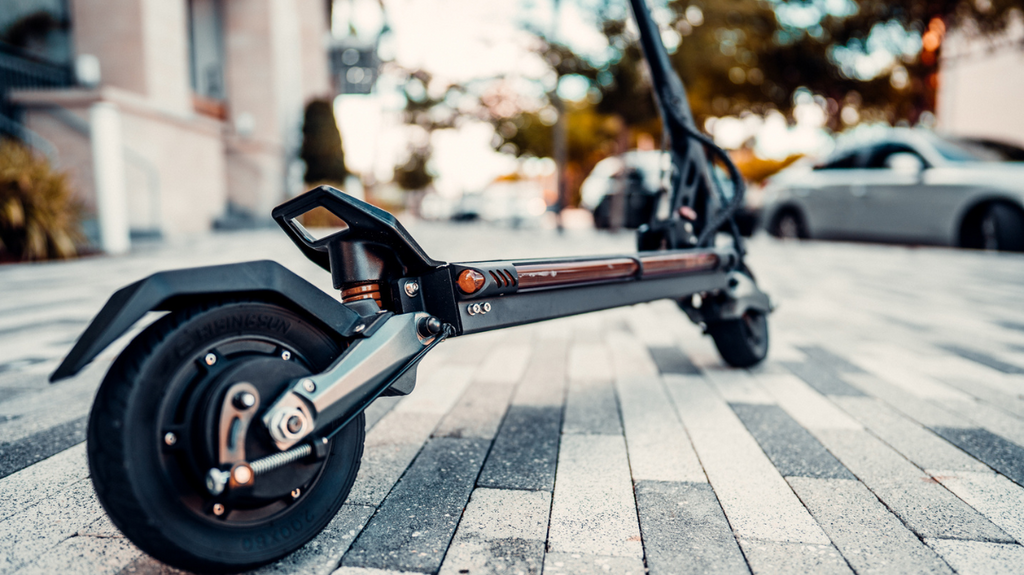Regenerative braking creates a drag on the motor, turning the motor into a generator to feed electrons back into the battery. The idea is to convert much of the kinetic energy lost back into stored energy, which means extended range.

How about electric scooters?
In reality, very little energy is regenerated in electric scooters because there isn’t much kinetic energy to capture.- Small EVs simply do not have enough kinetic energy to be captured by regenerative braking.
- A lot of heat is generated when charging during regeneration and this deteriorates the lifecycle of the lithium-ion battery.
For electric bikes, the regeneration results are often in the lower single digits with an average of 4 - 5%. Compared to an electric bike, a four-wheel electric car has the momentum and weight to generate enough kinetic energy to convert back into the battery.
Pushing the flow of energy back into the battery creates a lot of heat. This is generally not good for lithium-ion batteries. Regenerative braking adds more charge-discharge cycles and this reduces the lifecycle of the battery.
What are the advantages?
Regenerative braking relies on frictionless electromagnetic forces that oppose the rotation of the motor. This means minimal wear on the brake cables and brake pads. Unfortunately, this reduces the strength of braking as it's only sustained by the forward rotation of the motor.

Is it a deal breaker?
Nope! Regenerative braking should be seen as a bonus feature but not one you should pay extra for. When choosing an electric scooter, look at the conventional braking system it comes with.
Does your electric vehicle have drum brakes or disc brakes? As a rider, you would compare the VSETT 8 which has drum brakes to the Tour XL with dual disc brakes.

